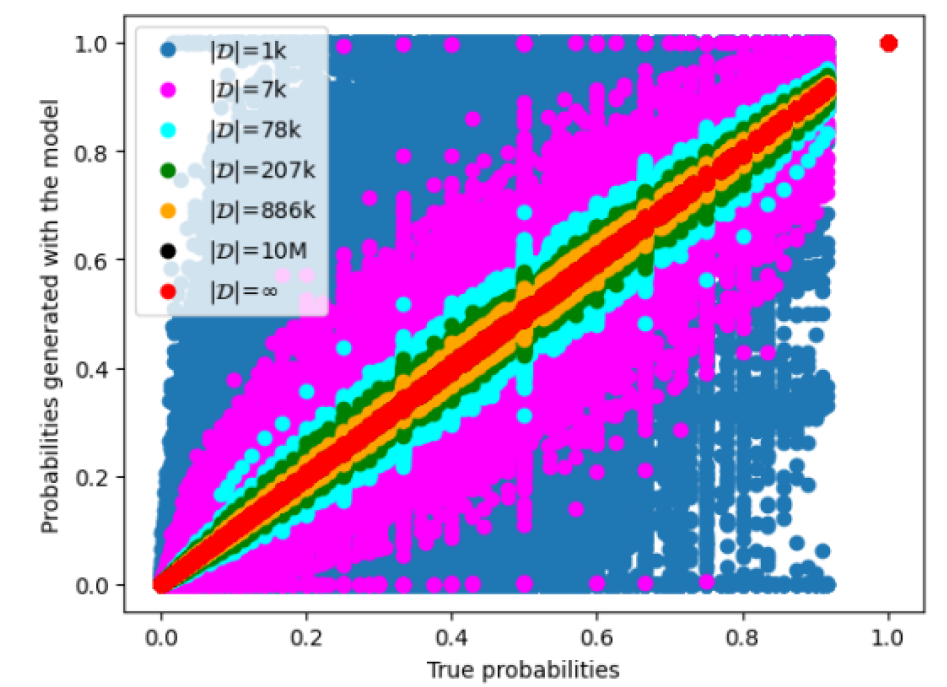City Path Tomography: Reconstructing Square Road Network from Artificial Users Mobile Data
Abstract
Population mobility can be studied readily and cheaply using cellphone data, since people’s mobility can be approximately mapped into tower-mobile registries. We model people moving in a grid-like city, where edges of the grid are weighted and paths are chosen according to overall weights between origin and destination. Cellphone users leave sparse signals in random nodes of the grid as they move by, mimicking the type of data collected from the tower-cellphone interactions. From this noisy data we seek to build a model of the city, i.e. to predict probabilities of paths from origin to destination. We focus on the simplest case where users move along shortest paths (no loops, no going backwards). In this simplied setting, we are able to infer the underlying weights of the edges (akin to road transitability) with an inverse statistical mechanic model.


This work is licensed under a Creative Commons Attribution-NonCommercial 4.0 International License.
This work is licensed under the Creative Commons Attribution-NonCommercial 4.0 International (CC BY-NC 4.0) license.








